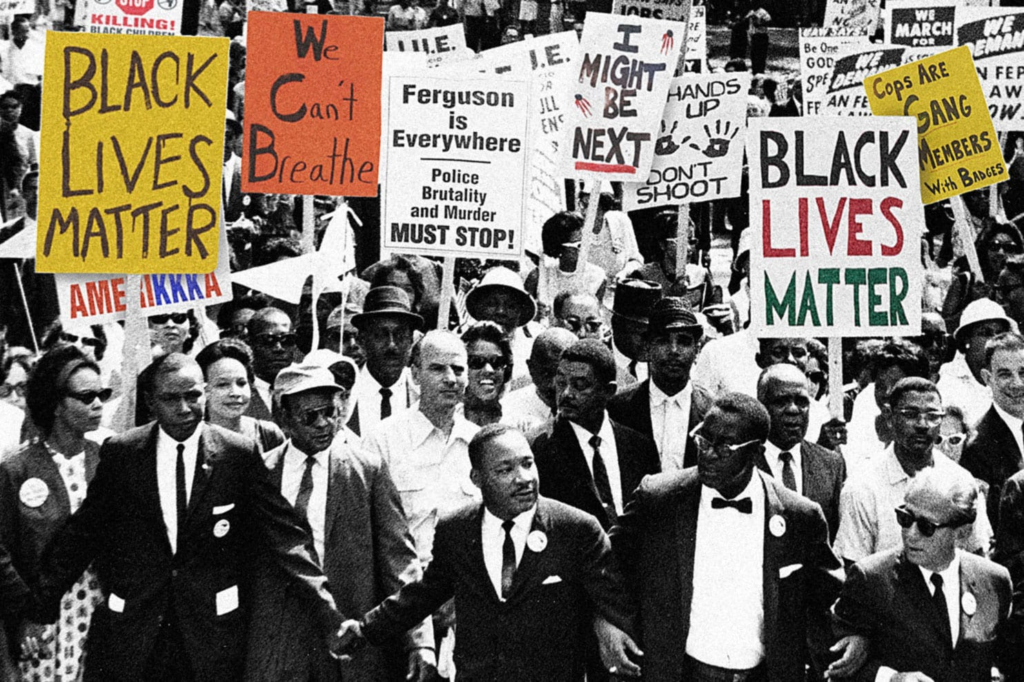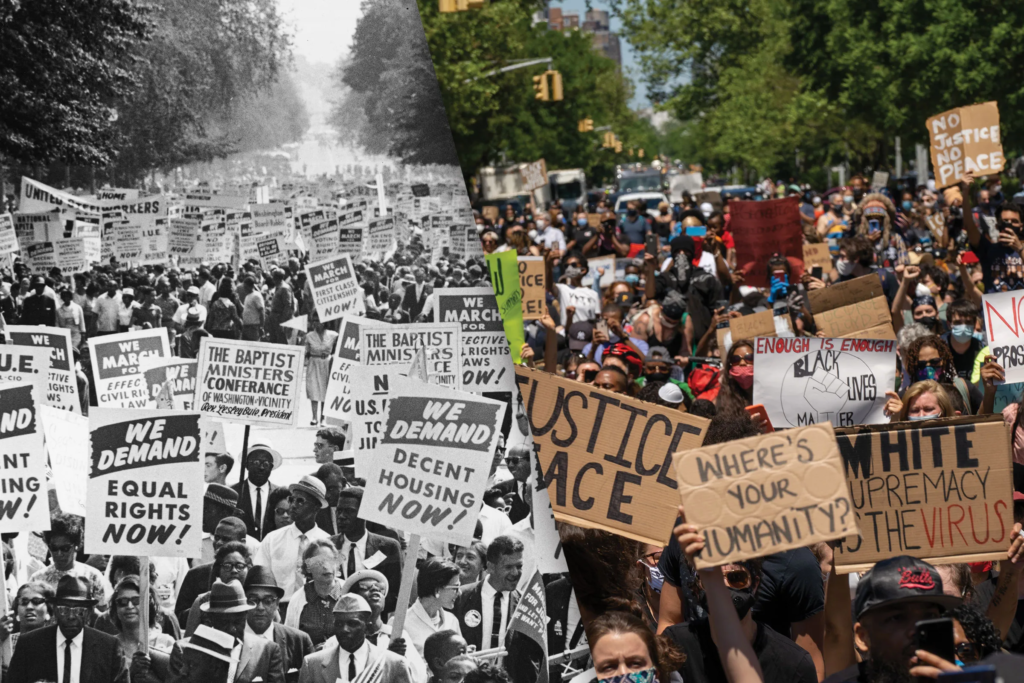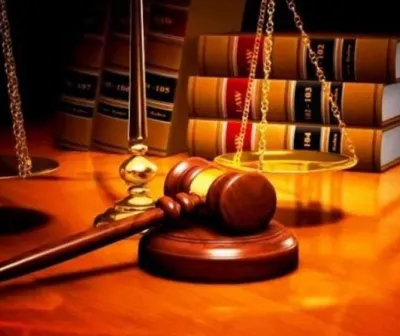The Civil Rights Movement has been a major force shaping American history. It started as a determined struggle for racial equality in the mid-20th century and continues today through ongoing efforts for justice and fairness. From the marches in Montgomery to the Black Lives Matter protests, the fight for civil rights remains a critical part of the nation’s story. But how did this movement begin, and where do we stand now?
This article explores the Civil Rights Movement from its historical origins to the present day. We will look at key moments, important figures, and the lasting impact of the movement. We will also examine how civil rights activism has changed over time, what challenges remain, and how the movement continues today.
What Was the Civil Rights Movement?
The Civil Rights Movement was a social and political effort to end racial discrimination and secure equal rights for African Americans in the United States. Although Black Americans had long resisted racism, the modern movement is most closely linked with the 1950s and 1960s.
At its core, the movement aimed to challenge segregation, discrimination, and injustice. African Americans and their allies organized peaceful protests, legal challenges, and grassroots campaigns to fight for their rights and equality under the law.

Key Moments of the Civil Rights Era
Several key events stand out as turning points during the Civil Rights Movement:
Brown v. Board of Education (1954)
In this important Supreme Court case, racial segregation in public schools was declared unconstitutional. It was a major step against the “separate but equal” doctrine that had allowed racial segregation.
Montgomery Bus Boycott (1955-1956)
When Rosa Parks refused to give up her seat on a bus in Montgomery, Alabama, it sparked a city-wide boycott of the bus system by Black residents. The boycott lasted over a year and led to the desegregation of Montgomery buses.
Little Rock Nine (1957)
Nine Black students attempted to integrate an all-white high school in Little Rock, Arkansas. Despite facing violence and threats, they were eventually protected by federal troops sent by President Eisenhower.
March on Washington (1963)
Over 250,000 people gathered in Washington, D.C., for a massive civil rights rally. Dr. Martin Luther King Jr. delivered his famous “I Have a Dream” speech, calling for racial harmony and justice.
Civil Rights Act of 1964
This landmark law banned discrimination based on race, color, religion, sex, or national origin in public places and employment, marking a major victory for civil rights activists.
Voting Rights Act of 1965
This law ended discriminatory voting practices, such as literacy tests, that had prevented many Black Americans from voting, especially in Southern states.
Major Figures in the Civil Rights Movement
Many leaders shaped the course of the movement. Some of the most influential include:
Martin Luther King Jr.
A Baptist minister known for advocating nonviolent protest. His leadership and speeches inspired millions to join the cause for equality.
Rosa Parks
Her refusal to give up her bus seat became a symbol of resistance and helped spark the Montgomery Bus Boycott.
Malcolm X
A powerful and sometimes controversial voice, Malcolm X promoted Black pride and self-defense.
John Lewis
A young activist who helped lead important marches and later served as a U.S. congressman, continuing to fight for civil rights.
Thurgood Marshall
A lawyer who won important civil rights cases before becoming the first Black justice on the U.S. Supreme Court.
Impact of the Civil Rights Movement
The Civil Rights Movement brought major legal and social changes. Laws banning segregation and discrimination were passed. Public places and schools began to integrate. Black Americans gained stronger protections for voting rights.
Beyond these legal victories, the movement changed how Americans think about race and justice. It forced the country to confront uncomfortable truths and inspired future generations to continue the fight for equality.
Civil Rights Movement: Then vs. Now
The civil rights movement of the past differs from today’s activism in many ways, but the core goal remains the same: equal rights and justice for all.
| Then (1950s-60s) | Now (2000s-2020s) |
|---|---|
| Led by religious and community leaders | Led by grassroots and online activists |
| Focused on legal segregation | Focuses on police brutality and systemic racism |
| Used marches, boycotts, speeches | Uses social media and viral campaigns |
| Centered mainly in the South | Nationwide and global reach |
| Mostly Black-led | Multicultural and diverse leadership |
Modern Civil Rights Issues
Many issues that the Civil Rights Movement fought against still persist today, including:
Police Brutality and Racial Profiling
The deaths of George Floyd, Breonna Taylor, and others brought renewed attention to police violence. The Black Lives Matter movement has become a key voice in this fight.
Voter Suppression
New voting laws in some states have made it harder for minorities to vote, continuing a long history of voter suppression.
Mass Incarceration
The United States has one of the largest prison populations in the world, disproportionately made up of Black and Latino individuals.
Economic Inequality
The racial wealth gap remains large, with Black families owning far less wealth than white families on average.
Education Inequality
Schools in many minority communities remain underfunded and segregated, limiting opportunities for students.

How Social Media Changed Activism
Social media has transformed civil rights activism in recent years. Platforms like Twitter, Instagram, and TikTok allow activists to:
- Organize protests quickly
- Share videos of injustice that can go viral
- Gain support from a global audience
- Allow more people to lead and participate in the movement
This technology has made activism more immediate and accessible, though it also presents new challenges.
What Still Needs to Change?
Despite progress, there is much work left to do:
- Hold institutions accountable for racial bias and abuse.
- Reform laws that continue to harm minority communities.
- Close economic gaps by improving access to jobs, housing, and education.
- Teach a complete history of civil rights struggles in schools.
- Encourage more people to vote and engage in civic life.
These steps are critical to achieving the full promise of the Civil Rights Movement.
Final Thoughts
The Civil Rights Movement, both then and now, is a vital part of American history. It teaches us about courage, unity, and the power of standing up for justice.
The movement’s challenges have changed but not disappeared. Racism and inequality are still present. But so is the determination of those who fight for a fairer society.
Honoring the sacrifices of past leaders means continuing to work for change today. The fight for civil rights is ongoing, and everyone has a role to play.
Do Follow USA Glory On Instagram
Read Next – LGBTQ+ Rights Progress in the United States: Milestones & Challenges






